As a BetterHelp affiliate, we receive compensation from BetterHelp if you purchase products or services through the links provided
Mood and personality disorders are two distinct categories of mental health conditions that can affect a person’s emotional well-being and daily life. While both disorders can impact an individual’s mood, thought patterns, and behaviors, they present differently and require various treatment approaches.
Mood disorders primarily involve persistent difficulties with mood regulation, such as extreme highs or lows, which can last for days, weeks, or longer. Some common mood disorders include major depressive disorder, bipolar disorder, and anxiety disorders. Personality disorders, on the other hand, manifest as enduring patterns affecting cognition, impulse control, and interpersonal functioning. These conditions often result in self-esteem, social anxiety, and empathy challenges, including disorders like borderline, narcissistic, and antisocial personality disorders.
Understanding the differences between mood and personality disorders is essential for seeking appropriate treatment and support. It’s crucial to remember that while these conditions can significantly impact one’s personal life and relationships, effective treatments are available, and recovery is possible.
Key Takeaways
- Mood disorders involve persistent difficulties with mood regulation, while personality disorders present enduring patterns affecting several areas of a person’s life.
- Some common mood disorders include major depressive and anxiety disorders, while personality disorders include borderline, narcissistic, and antisocial personality disorders.
- Recognizing the differences between these two categories of mental health conditions is vital for seeking appropriate treatment and support.

Understanding Mood Disorder
Mood disorders are mental health conditions that primarily affect your emotional state. If you’re dealing with a mood disorder, you might experience persistent difficulties regulating your moods, which can lead to distress and affect your daily life.
A key feature of mood disorders is the presence of unusual or extreme mood swings. These can involve emotional highs and lows, such as mania and depression. In some cases, you may experience both in alternating episodes, also known as bipolar disorder.
Mania refers to periods of abnormally high energy, euphoria, and excessive activity. During a manic episode, you might feel invincible or overly optimistic, leading to impulsive decision-making and risk-taking. On the other hand, when dealing with depressive episodes, you may experience low energy levels, feelings of hopelessness, and a lack of interest or pleasure in activities you used to enjoy.
It’s crucial to pay attention to the symptom patterns of your mood disorder. For instance, some common symptoms of depression include:
- Persistent sadness or irritability
- Loss of appetite or weight changes
- Fatigue, or low energy levels
- Difficulty concentrating or making decisions
- Sleep disturbances, such as insomnia or oversleeping
Anxiety disorders are another mood disorder involving excessive worry, fear, and nervousness. Symptoms may include:
- Restlessness or feeling on edge
- Rapid heart rate or shortness of breath
- Experiencing panic attacks
- Avoiding situations that cause anxiety
- Muscle tension or trembling
Keep in mind that mood disorders are treatable conditions, and seeking professional help can lead to an improvement in your overall mental health. Treatment options may include therapy, medication, lifestyle adjustments, or a combination. Remember, your mental health is just as important as your physical well-being.

Understanding Personality Disorder
Personality disorders are mental health conditions that affect how you perceive yourself, interact with others, and cope with emotions. Individuals with personality disorders often struggle to understand emotions, empathize with others, and manage impulsive behavior. It is essential to recognize these conditions, as they can significantly impact one’s quality of life.
In mental health, personality disorders differ from mood disorders, such as depressive disorders, which typically involve distinct episodes of intense emotions. On the other hand, personality disorders are characterized by enduring patterns of behavior that often lead to problems in interpersonal functioning, impulse control, and self-identity.
Some common symptoms you may notice if you or someone you know has a personality disorder include:
- Difficulty regulating emotions
- Persistent patterns of thinking, feeling, and behaving that deviate from cultural norms
- Difficulty forming and maintaining stable relationships
- Impulsive behavior that can endanger oneself or others
- An unstable sense of identity
As you educate yourself about personality disorders and their symptoms, it’s vital to remember that each person’s experience is unique. The severity and specific manifestations of the disorder can vary significantly between individuals.
Early intervention and treatment can significantly improve the quality of life for someone with a personality disorder. Various therapeutic approaches may be employed to address the specific needs of each individual, such as developing healthy coping strategies, improving empathic abilities, and working on impulse control.
In conclusion, understanding the characteristics of personality disorders is crucial for identifying and addressing these mental health conditions. Don’t hesitate to seek help or support if you suspect a loved one may grapple with a personality disorder.
Key Takeaway: Recognizing the symptoms of personality disorders and seeking professional help can lead to better outcomes and improved quality of life.
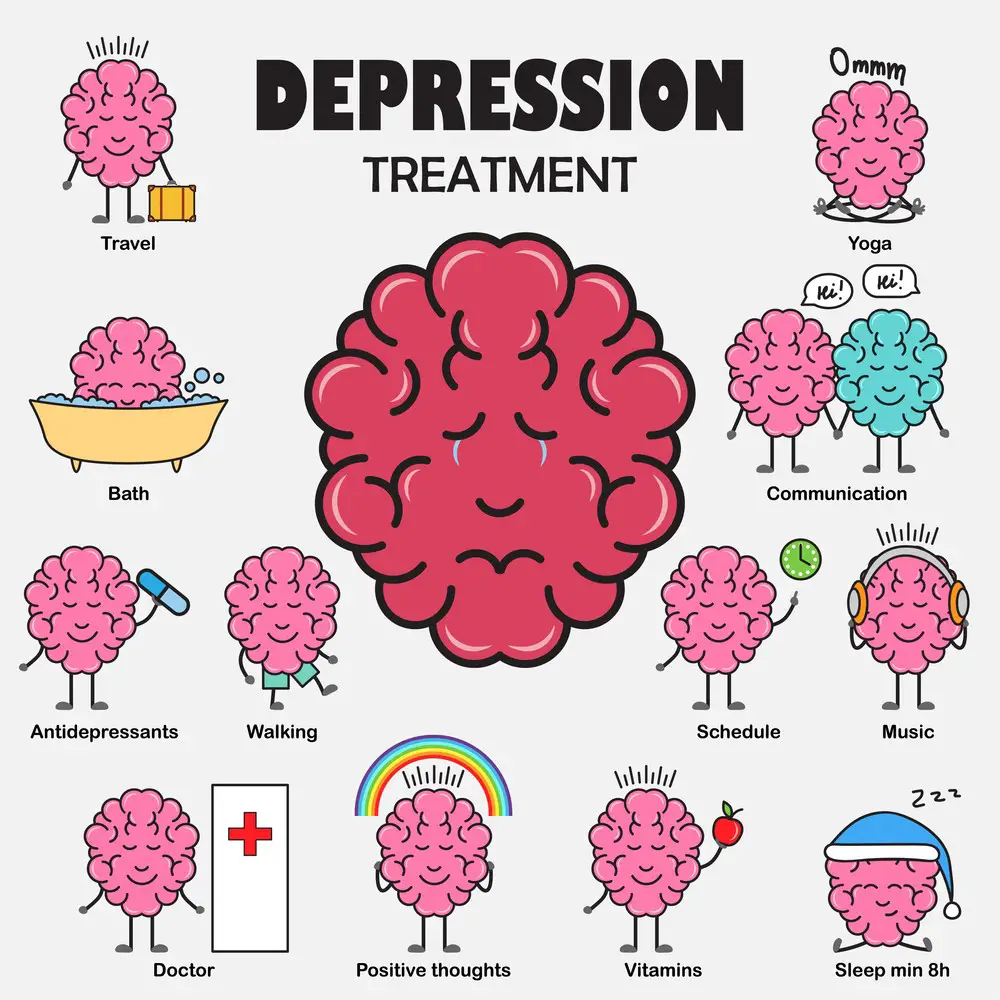
Types of Mood Disorders
Mood disorders are mental health disorders characterized by significant changes or disturbances in a person’s emotional state. They can significantly impact your daily life, relationships, and overall well-being. Based on the DSM-5, mood disorders can mainly be grouped into two categories: bipolar and related disorders and depressive disorders. This section will provide an overview of the most common types of mood disorders you may encounter.
Bipolar Disorder: Bipolar disorder is a mood disorder that causes extreme highs (mania or hypomania) and lows (depression) in mood and energy levels. The two main types of bipolar disorder are Bipolar I Disorder, which involves at least one manic episode, and Bipolar II Disorder, which involves at least one hypomanic episode and one major depressive episode.
Major Depressive Disorder (MDD): Also known as clinical depression, this mood disorder is characterized by persistent feelings of sadness, hopelessness, and a lack of interest in activities you once enjoyed. To be diagnosed with MDD, you must experience these symptoms for at least two weeks.
Persistent Depressive Disorder: Formerly referred to as dysthymia, persistent depressive disorder is a long-term, chronic form of depression. The symptoms are similar to major depressive disorder but are less severe and last at least two years.
Seasonal Affective Disorder (SAD): This mood disorder is a type of depression linked to seasonal changes, most commonly occurring during the fall and winter. It is believed that the lack of sunlight during these seasons can affect your mood and energy levels, leading to SAD.
Remember, contact a mental health professional if you suspect you are suffering from a mood disorder. They can provide valuable support, guidance, and treatment to help you navigate your emotions and regain control of your life.
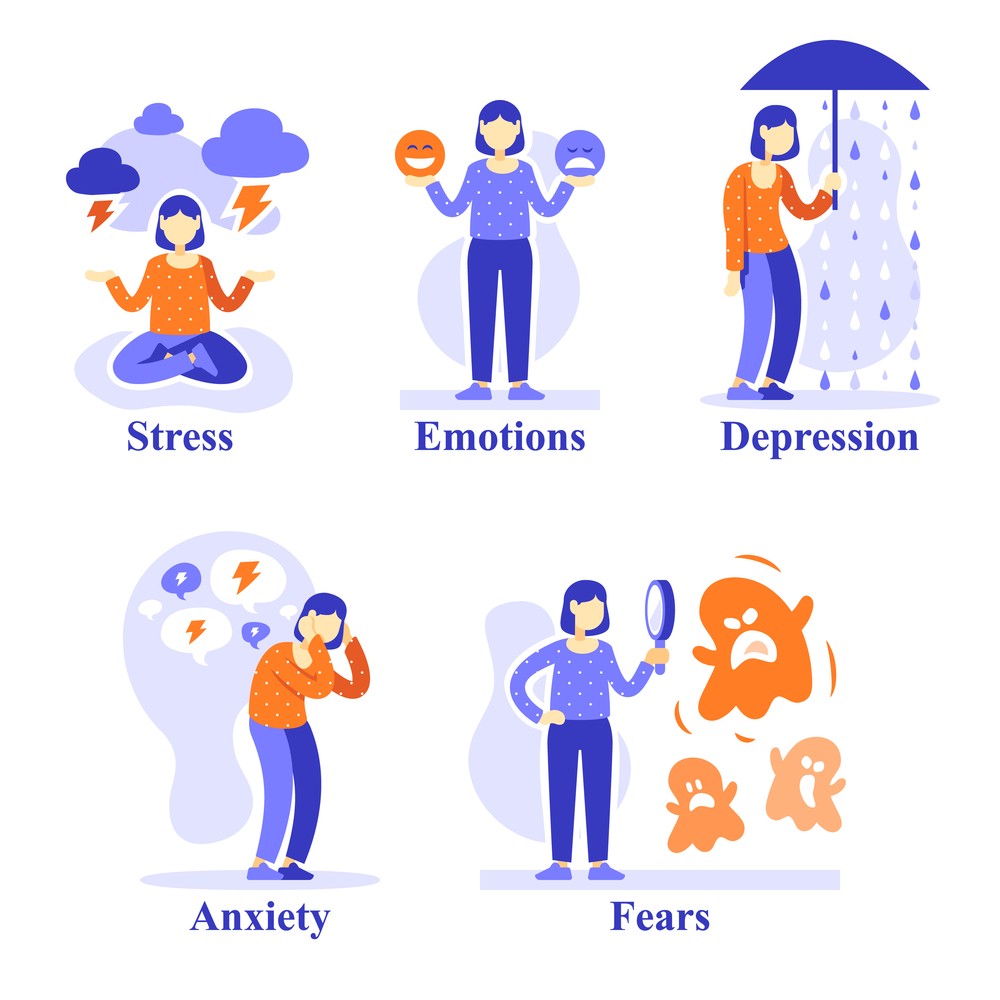
Types of Personality Disorders
Personality disorders can be tricky to understand, but once you become familiar with the different types, it becomes easier to recognize the various patterns. The DSM-5, a commonly used diagnostic tool, divides personality disorders into three clusters: Cluster A, Cluster B, and Cluster C. Let’s look at each.
Cluster A is known as the eccentric or odd cluster and includes:
- Paranoid Personality Disorder: You may be suspicious and mistrustful of others, believing they want to harm or deceive you.
- Schizoid Personality Disorder: You may prefer being alone, have limited emotional expression, and struggle to connect with others.
- Schizotypal Personality Disorder: You might display strange thoughts and behaviors, experience social anxiety, and have difficulty forming close relationships.
Cluster B is characterized by dramatic, emotional, or erratic behaviors and consists of:
- Antisocial Personality Disorder: You may disregard the feelings and rights of others, engage in reckless behavior, and lack remorse.
- Borderline Personality Disorder: You could have intense mood swings, unstable relationships, and a fear of abandonment.
- Histrionic Personality Disorder: You might be overly emotional, seek constant attention, and exhibit exaggerated behaviors.
- Narcissistic Personality Disorder: You may have an inflated sense of self-importance, exploit others, and crave admiration.
Cluster C represents anxious or fearful disorders, which include:
- Avoidant Personality Disorder: You might feel highly anxious in social situations, have low self-esteem, and be hypersensitive to rejection.
- Dependent Personality Disorder: You may need to be taken care of, fear being alone, and struggle to make decisions independently.
- Obsessive-Compulsive Personality Disorder: You could be preoccupied with perfectionism, orderliness, and control at the cost of flexibility and efficiency.
In summary, various types of personality disorders are spread across three clusters. Each disorder is unique, but they all involve enduring, disruptive patterns of thoughts and behaviors that can significantly impact an individual’s life. Recognizing these patterns can help you better understand and support those affected.
Diagnosing Mood Disorders VS Personality Disorders
When trying to understand the difference between mood and personality disorders, knowing how each is diagnosed is essential. Let’s delve into the world of mental health conditions and explore the process of diagnosing these two types of disorders.
To diagnose a mood disorder, a mental health professional, such as a psychologist, psychiatrist, or therapist, will typically thoroughly evaluate your emotional state. They’ll ask about your symptoms, recent life events, and personal and family medical histories. Depending on your situation, a doctor may perform a physical exam and lab tests to rule out any underlying health issues contributing to your symptoms.
In contrast, diagnosing a personality disorder involves analyzing your long-term thoughts, beliefs, and behavior patterns. Mental health professionals will assess how you function in various aspects of life, such as work, relationships, and your ability to cope with daily stressors. They’ll consider your social skills, empathy, emotional stability, and any self-esteem or anxiety issues.
Here are some tips and strategies to help you differentiate between these two types of disorders:
- Symptom duration: Mood disorders often have fluctuating symptoms or episodes that can come and go, whereas personality disorders involve long-standing, deeply ingrained behavior patterns.
- Functionality: Mood disorders can temporarily interfere with your ability to function at work or in relationships, while personality disorders can profoundly impact your overall functioning regardless of your mood.
- Insight: People with mood disorders are often aware of their condition and can recognize when their mood is off, while those with personality disorders may lack self-awareness, making it difficult to perceive the disorder’s impact on their lives.
So, when you suspect that you or a loved one may have a mental health condition, it’s essential to consult a mental health professional for a thorough assessment and accurate diagnosis. By understanding the differences between mood and personality disorders, you’ll be better equipped to seek the appropriate help and improve your overall well-being. Remember that each individual is unique, and the diagnosis process may vary accordingly.

Treatments Available
When it comes to treating mood disorders and personality disorders, there’s a range of options available for you so you can find the right plan to fit your needs. This section will cover some commonly recommended treatment approaches that may help you manage your symptoms and improve your well-being.
Psychotherapy is often a cornerstone of treatment for both mood and personality disorders. A mental health professional can work with you to develop coping strategies and new ways of thinking about your circumstances. Cognitive-behavioral therapy (CBT) is one such method that has been proven effective for many individuals.
Medications can also play a crucial role in your treatment plan. For mood disorders, antidepressants are often prescribed to help balance your brain chemistry and elevate your mood. Anti-anxiety medications might also be recommended if anxiety is a significant aspect of your disorder.
Regarding personality disorders, medication options may include a mix of treatments. Antidepressants can help with depression and irritability, while mood stabilizers can help even out mood swings and reduce impulsivity or aggression. In some cases, antipsychotic medications may be prescribed as part of the overall treatment plan.
Professional help doesn’t stop at therapy and medications. You may benefit from having a support network of mental health professionals to address different aspects of your care. Be open and honest with them about your symptoms, goals, and experiences so they can provide the best possible help.
Remember that treatment options can vary depending on the disorder you’re experiencing, its severity, and your general life circumstances. It’s essential to keep an open mind and have patience when exploring the various treatments available for your mental health.
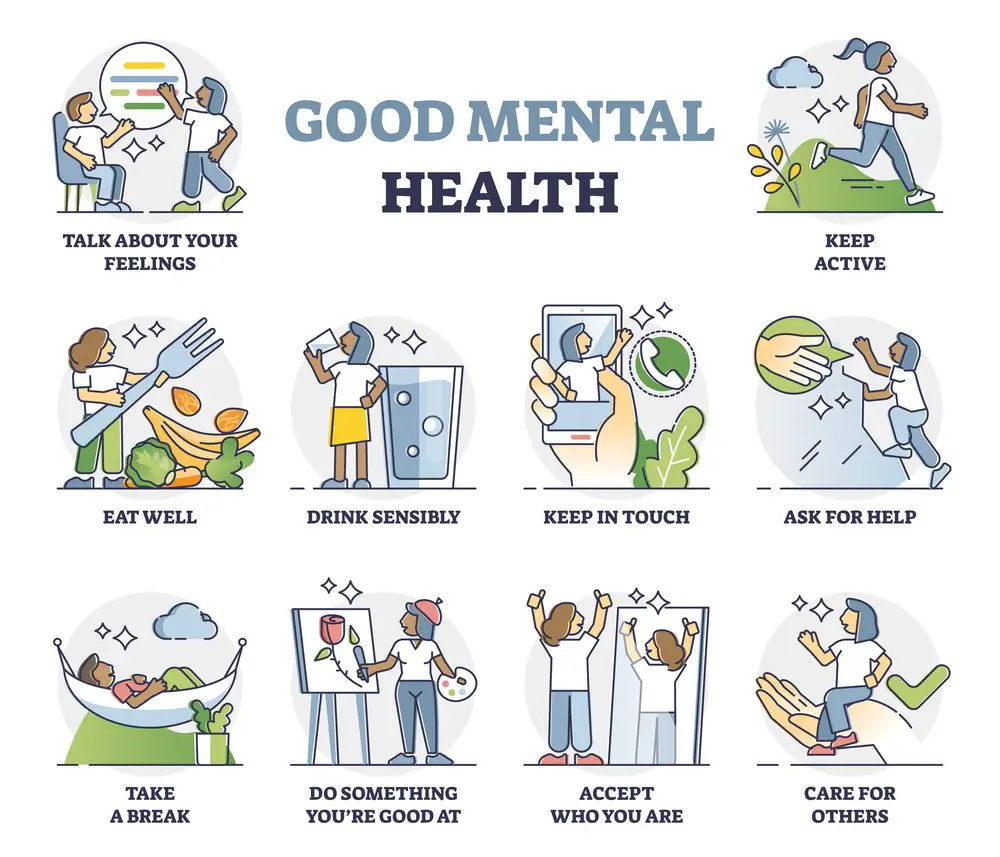
Impacts on Personal Life
When discussing mood and personality disorders, it’s essential to understand the various ways they can affect your personal life. Both disorders can significantly impact relationships, emotional state, and overall well-being. However, they manifest and affect these aspects of life differently.
Mood disorders, such as depression and bipolar disorder, are characterized by episodic changes in one’s emotional state. These shifts can cause disruptions in interpersonal relationships, as you may struggle to regulate emotions effectively. Loved ones may struggle to understand or support you through these emotional ups and downs.
On the other hand, personality disorders are marked by enduring patterns of behavior and long-lasting problems in how you relate to others and the world. Examples include borderline, antisocial, and narcissistic personality disorders. These issues can make it challenging for you to maintain healthy interpersonal relationships. You may struggle with low self-esteem, trust issues, and a desire for control, which can push people away or create tension in your relationships.
Trauma, including childhood trauma, can contribute to developing mood and personality disorders. Experiencing trauma may lead to difficulties in forming and maintaining relationships and coping with stress and emotional challenges.
Some individuals with mood or personality disorders might engage in self-harm to cope with overwhelming emotions or regain a sense of control. It’s important to recognize that self-harming behaviors signal emotional distress and seek support or treatment to address the underlying issues.
In summary:
- Mood disorders can cause disruptions in interpersonal relationships due to emotional shifts
- Personality disorders can lead to long-lasting challenges in forming healthy relationships
- Trauma, including childhood trauma, can contribute to the development of these disorders and impact relationships
- Self-harm may be a coping mechanism for some individuals dealing with mood or personality disorders
Remember, seeking help is crucial if you or someone close to you is struggling with a mood or personality disorder. The right treatment and support can make a significant difference in improving personal well-being and relationships.
Society and Media’s Influence
In today’s world, the media plays a significant role in shaping our understanding of various psychological disorders. Television, news, and social media platforms often provide their interpretations of mood and personality disorders. As a result, misconceptions are easily spread.
One factor that contributes to the misunderstanding of these disorders is the environment in which we live. The fast-paced society we find ourselves in may contribute to emotional responses that resemble symptoms of certain psychological disorders. For example, stress at work might lead someone to experience temporary mood swings that could be mistaken for a mood disorder.
- Media representation: TV shows and movies tend to portray characters with mood or personality disorders in a stereotypical manner, often exaggerating their symptoms. This distortion can lead to misconceptions and stigmatization.
- Psychology in social media: People often post about their struggles. While this can raise awareness, it encourages others to self-diagnose based on limited information.
- Environment’s impact: As societal pressures, work environments, and personal responsibilities evolve, people might develop emotional responses that could be misunderstood as symptoms.
To better understand the differences between mood and personality disorders, it’s crucial to look beyond the misinformation. Following credible sources in psychology, such as books, academic articles, and professional organizations, will help you gain a clear and accurate understanding of these complex disorders.
Remember, knowledge is power – by staying informed and understanding these disorders accurately, you can help dispel myths and support individuals in need.
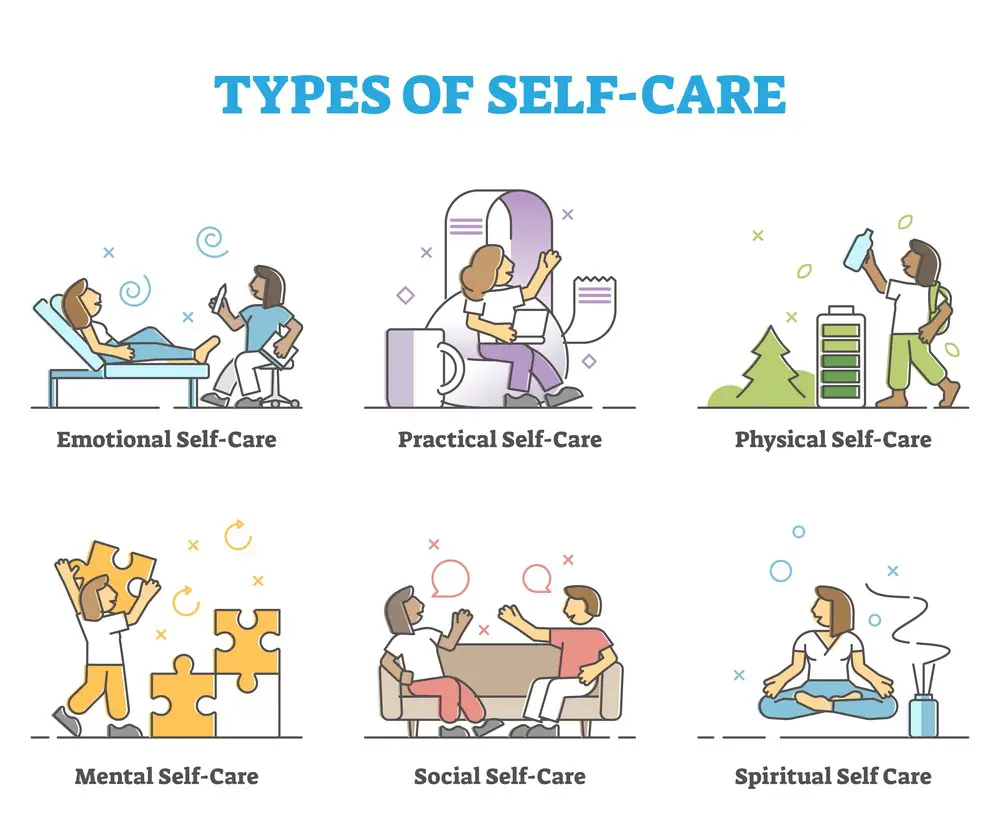
Quick, Actionable Steps to Manage Mood and Personality Disorders ????
Managing these mental health conditions can be challenging, but good news exists. Small, achievable steps can have a big impact.
- Talk Openly ????️: Share your feelings with someone you trust. A fresh perspective can make a world of difference.
- Physical Activity ????♀️: Exercise, even just a short walk, can boost your mood thanks to those feel-good endorphins.
- Diet and Nutrition ????: Focus on eating balanced meals to help stabilize mood swings. Say goodbye to excess sugar and caffeine!
- Daily Journal ????: Jot down your emotions and experiences. You’d be surprised how much you can learn from your own words.
- Mindfulness Techniques ????♀️: Simple mindfulness exercises can help you understand your feelings and why.
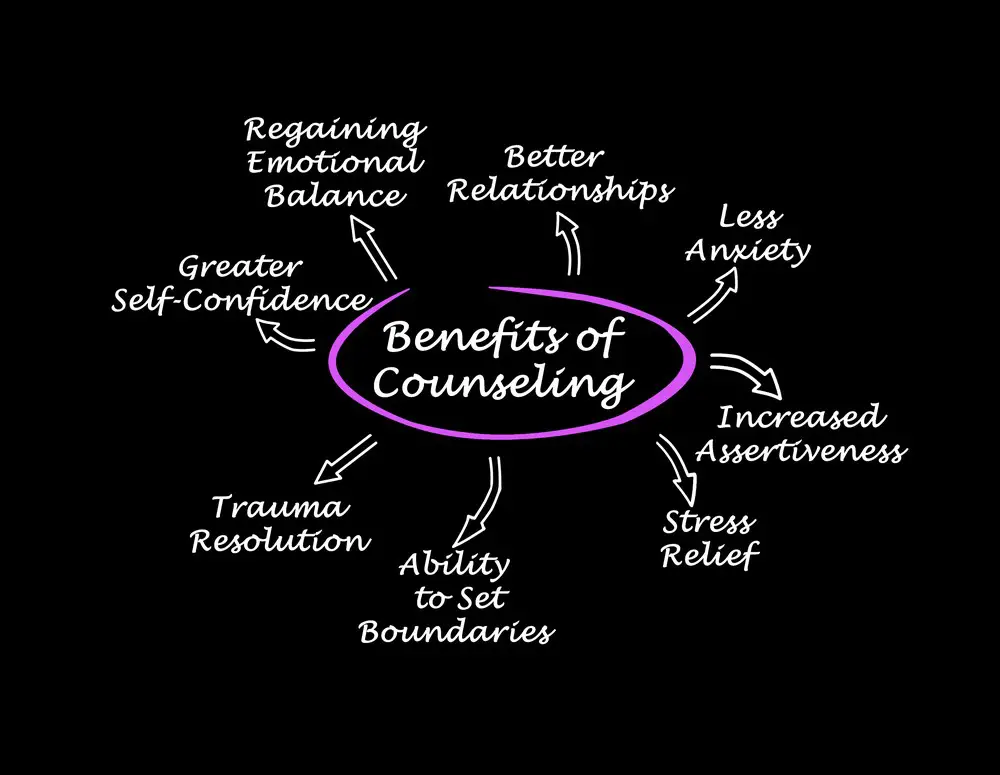
Signs You May Need Professional Help ????
If you’re asking yourself whether you need a therapist, these signs might point you in the right direction.
- Constantly Overwhelmed ????: When life feels too intense to handle, it’s time for professional help.
- Unhealthy Coping Mechanisms ????: Consider therapy if you’re leaning on substances or harmful behaviors.
- Relationship Strains ????: Consistent issues with friends or loved ones? Therapy can help.
- Feeling Stuck ????: A therapist can provide a ladder if you feel like you’re in a rut and can’t climb out.

Goals to Set for Therapy ????
Embarking on a therapeutic journey? Awesome! Here are some goals to consider.
- Self-Awareness ????: Strive to understand yourself better, from triggers to behavioral patterns.
- Emotional Regulation ????: Master the skills to manage those roller-coaster emotions.
- Interpersonal Skills ????: Improving communication and relationship skills can be a game-changer.
- Healthy Coping Strategies ????: Time to swap out those harmful habits for constructive ones.
Recognizing Progress in Your Journey ????
It’s not all about the destination; celebrating the journey is crucial, too.
- Feeling Lighter ☁️: If therapy sessions make you feel like a weight is lifted, that’s progress.
- Improved Relationships ????: Better connections with those around you is a good sign you’re moving forward.
- Better Coping ????️: Navigating stressful situations more easily? High five to you!
- Increased Happiness ????: More good days than bad is always a sign that you’re on the right path.
In this journey of healing and self-discovery, every step—no matter how small—is a move in the right direction. ????
In summary, mood and personality disorders are distinctive mental health conditions affecting a person’s emotional responses and inner experiences. They might share some similarities, but their key differences lie in their causes, symptoms, and treatments.
Mood disorders, such as depression and bipolar disorder, involve the ups and downs of a person’s emotional state. They are often characterized by periods of intense sadness or euphoria. On the other hand, personality disorders affect how you perceive and relate to others, causing challenges in forming and maintaining relationships.
Understanding the differences between these two types of mental illnesses helps you and those around you better support individuals who struggle with them. By recognizing the symptoms and seeking professional help, you can improve your mental health or that of someone you care for.
Remember to:
- Be mindful of your emotional responses and inner experiences.
- Seek professional help if you suspect a mood or personality disorder.
- Practice empathy and support for those struggling with mental health issues.
Stay informed and take care of your mental health, as it’s a vital aspect of your overall well-being. In the complex world of mental health conditions, clearly understanding the distinctions between mood and personality disorders can make a significant difference in providing appropriate care and achieving long-lasting recovery.
Frequently Asked Questions

What are the main differences between mood disorders and personality disorders?
Mood disorders, such as depression and bipolar disorder, primarily affect your emotions, causing periods of excessive sadness, irritability, or even euphoria. These disorders often come and go and can be triggered by life events or stress. On the other hand, personality disorders, like borderline or narcissistic personality disorder, are long-term patterns of thinking, feeling, and behaving that deviate from societal expectations. They can lead to issues with relationships, self-esteem, and empathy.
Can someone have both a mood disorder and a personality disorder?
Yes, someone can have both a mood disorder and a personality disorder. Many individuals with personality disorders also experience mood disorders. However, speaking with a mental health professional is important to receive an accurate diagnosis and appropriate treatment.
How do mood disorders differ from borderline personality disorder?
Mood disorders typically involve fluctuations in a person’s emotional state, whereas unstable emotions, relationships, self-image, and behavior characterize borderline personality disorder (BPD). BPD often leads to impulsive actions, intense mood swings, and difficulty maintaining healthy relationships. While both may share similar symptoms, such as mood instability, BPD is a long-lasting pattern of behavior deeply ingrained in the individual.
What types of treatments are common for mood and personality disorders?
Treatment for mood and personality disorders can vary based on individual needs, but common approaches include:
- Psychotherapy, such as cognitive-behavioral therapy (CBT), dialectical behavior therapy (DBT), or psychodynamic therapy
- Medication, including antidepressants, mood stabilizers, or antipsychotics
- Support groups and self-help strategies
- In some cases, hospitalization may be necessary for severe symptoms or risk of self-harm
Each person’s journey to recovery will be unique, and working with a mental health professional to create a personalized treatment plan is essential.
Are anxiety and depression considered mood disorders or personality disorders?
Anxiety and depression are both considered mood disorders. They involve disruptions in a person’s emotional state, such as excessive worry, fear, or sadness. While some symptoms of anxiety and depression may also be present in personality disorders, the key difference lies in the duration and consistency of the symptoms.
How can I determine which type of disorder I might be experiencing?
If you feel that you could be experiencing a mood disorder or a personality disorder, it is essential to speak with a mental health professional. They can help assess your symptoms, provide a diagnosis, and work with you to develop a treatment plan that addresses your unique needs. Remember, seeking help is a brave and essential step toward understanding and managing your mental health.
Jacob Maslow
After surviving the traumatizing events of 9/11, I took it upon myself to heal through helping others. I’m the primary caregiver of my children and understand from first-hand experience the lonely paths you have to walk as a partner and parent when leaving an unhealthy relationship.
We’re all echoing in a dark space that doesn’t have to be this empty, and that’s been my mission since finding solace and recovery in therapy: To help comfort others who are still in shock and at the prime of their struggle.
I came across BetterHelp after searching for this type of community. I wanted to belong to a body of proactive therapists and supportive therapy veterans that allowed me to see other sides of the story.
It was unconventional, and that’s what attracted me most. During my most challenging times, when my ex-wife completely cut me off from my children, I found comfort and clarity through BetterHelp.
Instead of being chained to a strict therapist recommendation, I was in charge of who I felt understood my struggle most. That allowed me to find my true peace, as I was reunited with those who read behind my words and had first-hand experience with my trauma.
Recovery is a choice; with BetterHelp, that choice will be a few clicks away. You can join their couples-oriented platform, Regain.us, for those stuck with family estrangement and toxic relationship patterns.
- 3 Ways Wearing a Hat Can Help Lower Your Stress Levels - April 19, 2025
- Breaking the Silence: Why Men’s Mental Health Matters More Than Ever - April 15, 2025
- How to Transform a Home’s Patio Space into a Relaxing Space - March 23, 2025
This site contains affiliate links to products. We will receive a commission for purchases made through these links.



